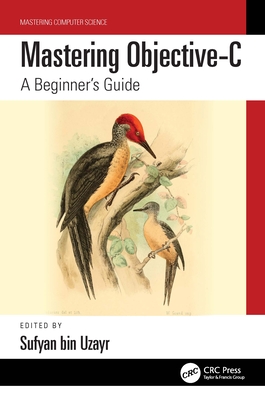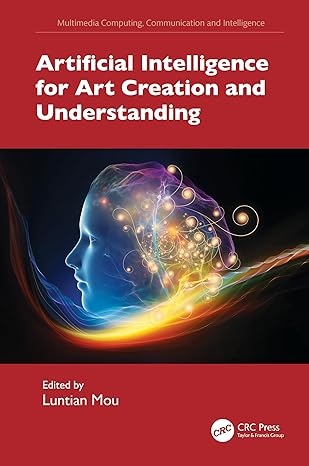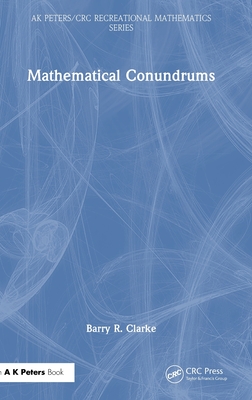图书简介
Meliponini, the stingless bees of the tropics, process and store honey, pollen and plant resins to maintain their colonies. The chemical components of their nests are bioactive and believed to be therapeutic for a long list of maladies. However, only recently are tests and analyses being done with molecular and modern laboratory techniques, such as high throughput EDX, HPIC, HPLC, GC, NMR, PCR, and ultrastructural SEM; coupled with diverse detectors such as DAD, RI, MS, SCD.This two-volume book is about the cerumen –plant resins mixed with stingless bee wax– and propolis, which fortify the colony in ways that are beginning to be understood. It includes reviews and new research on diverse topics involving the chemistry and bioactivity of plant resins, cerumen, propolis, besides bee and microbe behavior and ecology. These analytic studies are presented along with stingless bee biodiversity, palynology, cultural knowledge, bee foraging behavior, resin flower evolution, ecology, and evolution of nest microbe mutualisms, social immunity, human health, the decisive role of microbiology investigation in moving forward, natural history of stingless bee colonies and nests, marketing, and bibliometrics for plant resin use by bees, propolis, and the Starmerella yeast.
Part. I. Chemical composition of cerumen, plant resins and propolis.- Chapter. 1. Propolis of Vietnamese stingless bees: Chemistry and plant origin .- Chapter. 2. Extraction of Tetragonula laeviceps cerumen, its total phenolic content and antioxidant activity.- Chapter. 3. Scaptotrigona mexicana propolis use in pasture silage: 1. Inhibition of pathogenic microbes, and 2. Feeding effect on growth of lambs.- Chapter. 4. Metabolites from microbial cell factories in stingless bee nests.- Chapter. 5. Bibliometric landscaping of the yeast Starmerella (Ascomycota), a genus proposed in 1998.- Chapter. 6. Pot-honey, cerumen and propolis of Axestotrigona ferruginea (Lepeletier, 1836) from Nigeria.- Chapter. 7. Volatile and sensory profile of cerumen, plant resin deposit, and propolis of a Tetragonisca angustula (Latreille, 1811) nest from Merida, Venezuela.- Part. II. Bioactivity of stingless bee cerumen, propolis and geopropolis.- Chapter. 8. Anti-inflammatory, antimicrobial and antioxidant activity of propolis and geopropolis produced by stingless bees.- Chapter. 9. Cerumen and propolis of an Indian stingless bee (Apidae: Meliponini) Tetragonula iridipennis (Smith, 1854): Botanical origin and biological activities.- Chapter. 10. Botanical origin, chemical composition, and bioactive properties of propolis of stingless bees from Argentina.- Chapter. 11. Chemical composition and therapeutic properties of geopropolis and propolis of stingless bees from Brazil: A review.- Chapter. 12. Diversity and biological activities of propolis of some Indonesian stingless bees.- Chapter. 13. Stingless bee propolis in pharmacology: Some applied cellular and molecular mechanisms.- Part III. Cultural uses and commercial products.- Chapter. 14. From Extraction to Meliponiculture? An Ethnobiological Synthesis of a Long-Standing Process in Argentina.- Chapter. 15. Production, resiniferous plants, chemistry, and therapeutical uses of Tetragonula biroi (Friese, 1898) propolis from the Philippines.- Part. IV. Sustainable stingless bee keeping and conservation.- Chapter. 16. Large-scale breeding of stingless bees: A plea for sustainable stingless bee keeping and native bee-plant-forest conservation in the Chaco region of Argentina.- Chapter. 17. Sustainable stingless bee keeping and conservation of bee-plant resources in Costa Rica.- Part. V. Marketing and standards of cerumen and propolis.- Chapter. 18. Marketing and standards of cerumen, resins, geopropolis and propolis from Brazilian stingless bees.- Appendix. A. List of Bee Taxa.- Appendix. B. Ethnic Names of Stingless Bees.- Appendix. C. Taxonomic Index of Plant Families.- Appendix. D. List of Plant Taxa Used by Bees.- Appendix E. Common Names of Plants Used by Bees.- Appendix. F. Chemical Substances of Beeswax, Cerumen and Propolis.- Appendix. G. Chemical Classes of Beeswax, Cerumen and Propolis Compounds.- Appendix. H. Microorganisms Associated with Stingless Bees or Used to Test Antimicrobial Activity, or Producing Metabolites in Materials of the Nest.- Index.-
Trade Policy 买家须知
- 关于产品:
- ● 正版保障:本网站隶属于中国国际图书贸易集团公司,确保所有图书都是100%正版。
- ● 环保纸张:进口图书大多使用的都是环保轻型张,颜色偏黄,重量比较轻。
- ● 毛边版:即书翻页的地方,故意做成了参差不齐的样子,一般为精装版,更具收藏价值。
关于退换货:- 由于预订产品的特殊性,采购订单正式发订后,买方不得无故取消全部或部分产品的订购。
- 由于进口图书的特殊性,发生以下情况的,请直接拒收货物,由快递返回:
- ● 外包装破损/发错货/少发货/图书外观破损/图书配件不全(例如:光盘等)
并请在工作日通过电话400-008-1110联系我们。
- 签收后,如发生以下情况,请在签收后的5个工作日内联系客服办理退换货:
- ● 缺页/错页/错印/脱线
关于发货时间:- 一般情况下:
- ●【现货】 下单后48小时内由北京(库房)发出快递。
- ●【预订】【预售】下单后国外发货,到货时间预计5-8周左右,店铺默认中通快递,如需顺丰快递邮费到付。
- ● 需要开具发票的客户,发货时间可能在上述基础上再延后1-2个工作日(紧急发票需求,请联系010-68433105/3213);
- ● 如遇其他特殊原因,对发货时间有影响的,我们会第一时间在网站公告,敬请留意。
关于到货时间:- 由于进口图书入境入库后,都是委托第三方快递发货,所以我们只能保证在规定时间内发出,但无法为您保证确切的到货时间。
- ● 主要城市一般2-4天
- ● 偏远地区一般4-7天
关于接听咨询电话的时间:- 010-68433105/3213正常接听咨询电话的时间为:周一至周五上午8:30~下午5:00,周六、日及法定节假日休息,将无法接听来电,敬请谅解。
- 其它时间您也可以通过邮件联系我们:customer@readgo.cn,工作日会优先处理。
关于快递:- ● 已付款订单:主要由中通、宅急送负责派送,订单进度查询请拨打010-68433105/3213。
本书暂无推荐
本书暂无推荐














